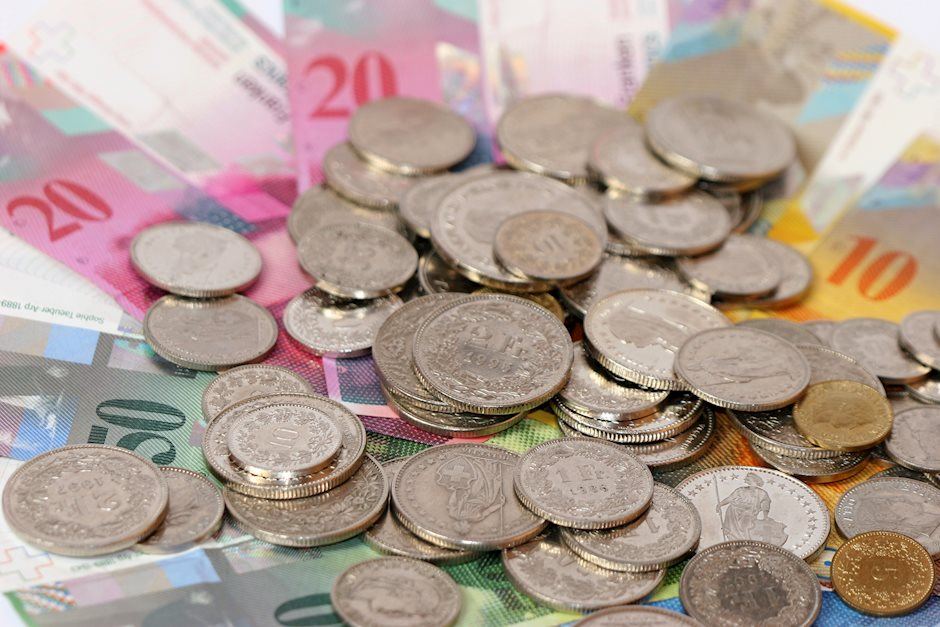USD/CHF hovers around 0.8650 close to two-month highs, US PMI awaited
- USD/CHF maintains its position near a two-month high of 0.8686, reached on Wednesday.
- Rising geopolitical tensions might have provided minor support for the safe-haven Swiss Franc.
- Traders will likely observe the US Purchasing Managers Index scheduled to be released on Thursday.

USD/CHF trades around 0.8660 during the early European session on Thursday, hovering around the two-month high of 0.8686, which was recorded on Wednesday. The USD/CHF pair could appreciate further as the Swiss Franc (CHF) faces challenges due to heightened expectations of another interest rate cut by the Swiss National Bank (SNB) at its upcoming December meeting.
The Swiss Franc may receive some support from safe-haven flows amid rising concerns over the Middle East conflict. On Wednesday, Israeli strikes hit southern Beirut, while US Secretary of State Antony Blinken toured the region, advocating for a ceasefire in both Gaza and Lebanon.
Moreover, Iran-backed Hezbollah intensified its attacks on Israel, deploying "precision missiles" for the first time and launching new types of drones targeting Israeli sites. Hezbollah also claimed to have struck an Israeli military factory near Tel Aviv, per Reuters.
The US Dollar weakened slightly, driven by a modest dip in US Treasury yields. However, the downside risk for the Greenback would be limited as rising inflation concerns have lessened the chances of a significant rate cut by the Federal Reserve in November. According to the CME FedWatch Tool, there is an 88.9% probability of a 25-basis-point rate cut, with no expectation of a larger 50-basis-point cut.
Traders are likely to keep an eye on the S&P Global Purchasing Managers Index (PMI), a leading indicator gauging US private-business activity in the manufacturing and services sector, which is set to be released on Thursday.
Swiss Franc FAQs
The Swiss Franc (CHF) is Switzerland’s official currency. It is among the top ten most traded currencies globally, reaching volumes that well exceed the size of the Swiss economy. Its value is determined by the broad market sentiment, the country’s economic health or action taken by the Swiss National Bank (SNB), among other factors. Between 2011 and 2015, the Swiss Franc was pegged to the Euro (EUR). The peg was abruptly removed, resulting in a more than 20% increase in the Franc’s value, causing a turmoil in markets. Even though the peg isn’t in force anymore, CHF fortunes tend to be highly correlated with the Euro ones due to the high dependency of the Swiss economy on the neighboring Eurozone.
The Swiss Franc (CHF) is considered a safe-haven asset, or a currency that investors tend to buy in times of market stress. This is due to the perceived status of Switzerland in the world: a stable economy, a strong export sector, big central bank reserves or a longstanding political stance towards neutrality in global conflicts make the country’s currency a good choice for investors fleeing from risks. Turbulent times are likely to strengthen CHF value against other currencies that are seen as more risky to invest in.
The Swiss National Bank (SNB) meets four times a year – once every quarter, less than other major central banks – to decide on monetary policy. The bank aims for an annual inflation rate of less than 2%. When inflation is above target or forecasted to be above target in the foreseeable future, the bank will attempt to tame price growth by raising its policy rate. Higher interest rates are generally positive for the Swiss Franc (CHF) as they lead to higher yields, making the country a more attractive place for investors. On the contrary, lower interest rates tend to weaken CHF.
Macroeconomic data releases in Switzerland are key to assessing the state of the economy and can impact the Swiss Franc’s (CHF) valuation. The Swiss economy is broadly stable, but any sudden change in economic growth, inflation, current account or the central bank’s currency reserves have the potential to trigger moves in CHF. Generally, high economic growth, low unemployment and high confidence are good for CHF. Conversely, if economic data points to weakening momentum, CHF is likely to depreciate.
As a small and open economy, Switzerland is heavily dependent on the health of the neighboring Eurozone economies. The broader European Union is Switzerland’s main economic partner and a key political ally, so macroeconomic and monetary policy stability in the Eurozone is essential for Switzerland and, thus, for the Swiss Franc (CHF). With such dependency, some models suggest that the correlation between the fortunes of the Euro (EUR) and the CHF is more than 90%, or close to perfect.
Author

Akhtar Faruqui
FXStreet
Akhtar Faruqui is a Forex Analyst based in New Delhi, India. With a keen eye for market trends and a passion for dissecting complex financial dynamics, he is dedicated to delivering accurate and insightful Forex news and analysis.

















